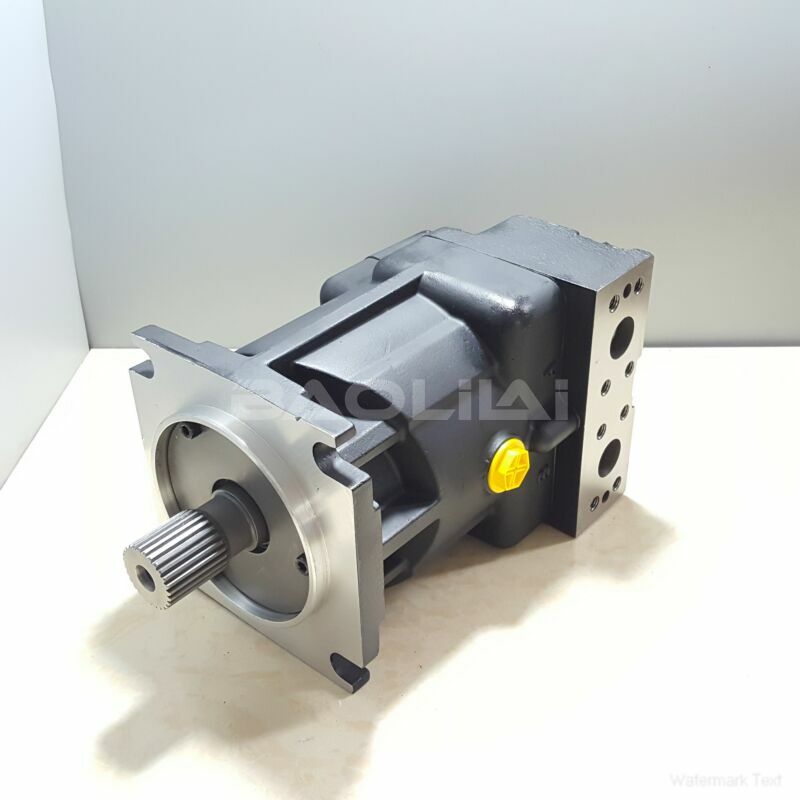90M100NC0N8N0C7W00EEA0000E4 hydraulic motor
90M100NC0N8N0C7W00EEA0000E4 hydraulic motor

- Product Details
- Applicable Scene
90M100NC0N8N0C7W00EEA0000E4 hydraulic motor.Aviation’s sustainability shift redefines piston engines’ role in electric aircraft, blending tradition with innovation.
Model Code :90-M-100-NC-0-N-8-N-0-C7-W-00-EEA-00-00-E4
Model Code :90M100NC0N8N0C7W00EEA0000E4
Piston engines, valued for reliability and simplicity, dominate general aviation. They power small aircraft in training, recreation, and cargo transport. However, climate concerns and advancing technology drive electric aviation’s rise, challenging piston engines’ dominance.
Electric aircraft offer emission/noise reduction benefits, critical for sustainability goals. Hybrid systems integrating piston engines with electric motors address these challenges.
Hybrid configurations bridge conventional pistons and electric paradigms. Electric propulsion handles takeoff/landing efficiency, while pistons extend range/endurance. This synergy preserves piston relevance as electric tech evolves, especially for extended-range operations.
90M100NC0N8N0C7W00EEA0000E4 hydraulic motor.Hybrid systems require advanced energy management strategies to balance piston and electric power outputs. Real-time data analytics optimize fuel consumption during variable flight conditions.

Model No.ldent No. :9631132
Thermal management solutions prevent overheating in integrated piston-electric configurations.Advanced cooling materials extend component lifespan under high-load operations.
Regulatory frameworks are evolving to certify hybrid propulsion systems. Compliance with emissions standards drives innovation in hybrid engine design.
Cost-benefit analyses highlight hybrid systems’ potential for 30% lower fuel expenses.Maintenance savings offset initial R&D investments over operational lifespans.
Future developments may integrate solid-state batteries with piston engines. Enhanced energy density could enable fully hybrid-certified regional aircraft by 2030.
Market demand surges for hybrid aircraft in regional transport networks. Short-haul routes prioritize fuel efficiency and emission compliance.
Case studies validate hybrid systems in commuter planes.50-seat hybrids demonstrate 40% lower fuel use versus pure turbines.
Material innovations address battery weight challenges.Carbon-composite frames reduce energy storage system mass by 25%.





